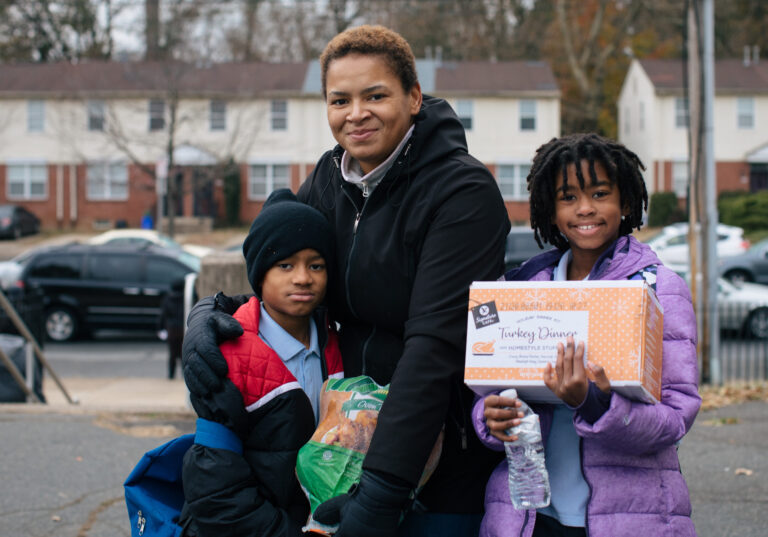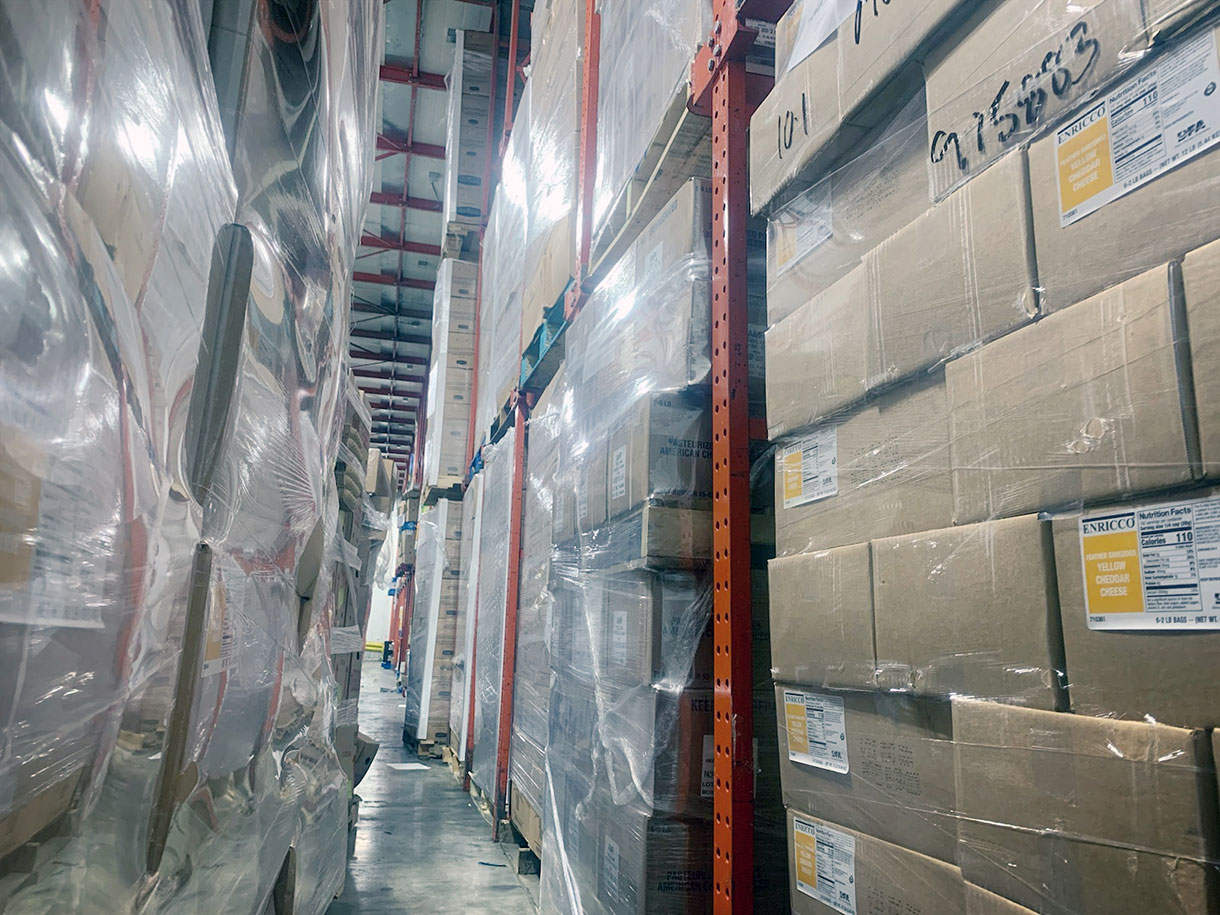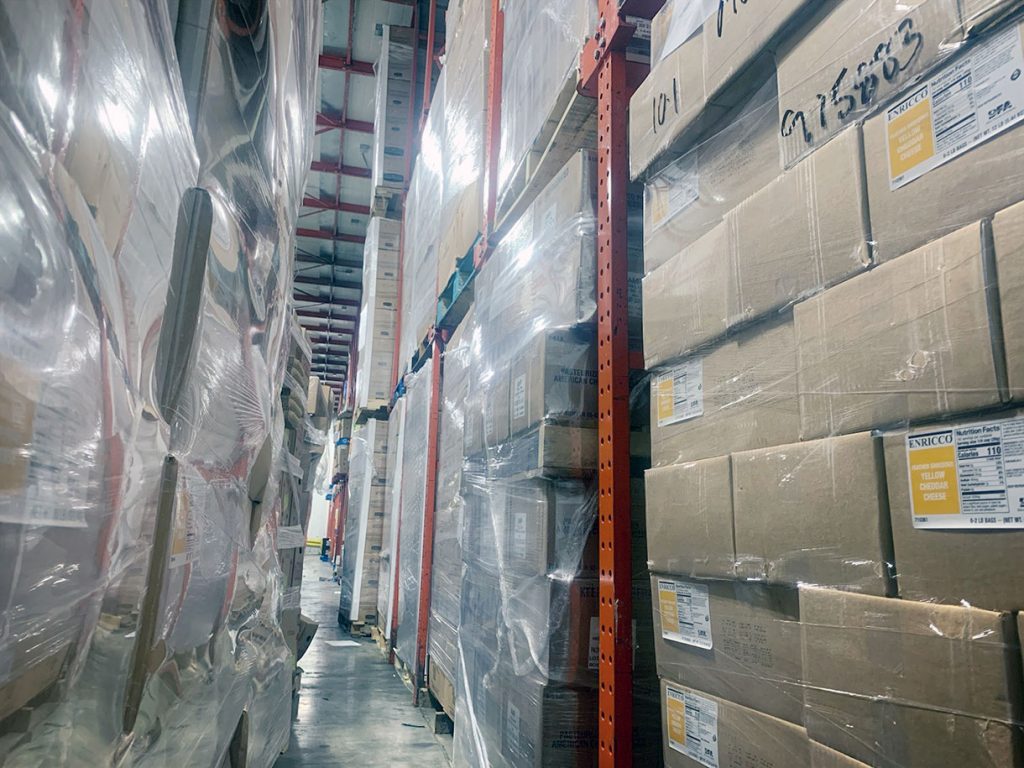By Tim Kean, President and CEO
The Thanksgiving Holiday will be a new experience with COVID-19. We have learned of many traditional community dinners that needed to cancel this year due to the risk in significant spreading of COVID-19. We agree that is probably the most prudent approach. It does put some additional pressure on where families can find food assistance at a time when we are wrestling with our slippery food supply. We are still adjusting to the fast-changing landscape of food availability that will supply all our programs. With a diminished supply of pre-boxed products coming from the USDA, we are reaching out to our local food donors for any opportunities they may have. This feels much more like the, hoping the phone rings, approach that we had for many years before COVID-19 interrupted the food supply, but with the demand for food assistance being at an all-time high, short of the Great Depression. This uncertainty just adds another layer of challenge to an incredibly challenging 8 months. Even the opportunities to buy food on the open market have limited availability with long lead times and greater expense than last year. Grocery stores are still seeing shelf conditions to be a bit unpredictable and that translates back up the food chain to the manufacture/processor level.

Over the next few weeks, we have had to reduce some of the aggressive distribution schedules we have maintained since March until we have a better handle on the available inventory picture. We get asked quite often if we will be able to distribute turkeys at or around the Thanksgiving holiday and the answer is no. We don’t get turkeys donated to us and we aren’t able to buy them as cheap as grocery stores sell them. We do our best to source some supplemental items that food pantries may use to assemble holiday baskets, but this year even those items have been very scarce to not available at all.
Even with the reduced amount of food we anticipate over the next several weeks, we will still need to store excess refrigerated inventory in trailers on our parking lot. This calls out another pressure point we have been experiencing for the last several years – the need to expand our cooler and freezer. We are getting the design work completed to have something to show potential funders along with gathering our numbers that demonstrate the need with just basic math. Our industry has recognized, over the last decade, that the future opportunities to provide the necessary food relief will come from refrigerated and frozen food. The sheer amount of availability in fresh produce is in the billions of pounds. It also has the nutritional profile that our industry is aiming to provide struggling families.

Our current physical capacity was determined in 2006 when we built our current cooler and freezer. At that time, we looked at the plan and wondered if we could justify that much refrigerated and frozen space which would be 3 times larger over what we had at the time. Over the years we have seen our percentage of distributed perishable food increase. Approximately 70-80% (11,000,000 lbs.) of all we distribute (14,000,000 lbs.) is refrigerated or frozen and we manage that in 5,500 sq. Ft. (16%) of our warehouse space. We literally have to move 2 pallets or load a truck to get to 1. Our warehouse team continues to be committed to get the job done and has maintained a positive attitude in the face of a lot of adversity!


